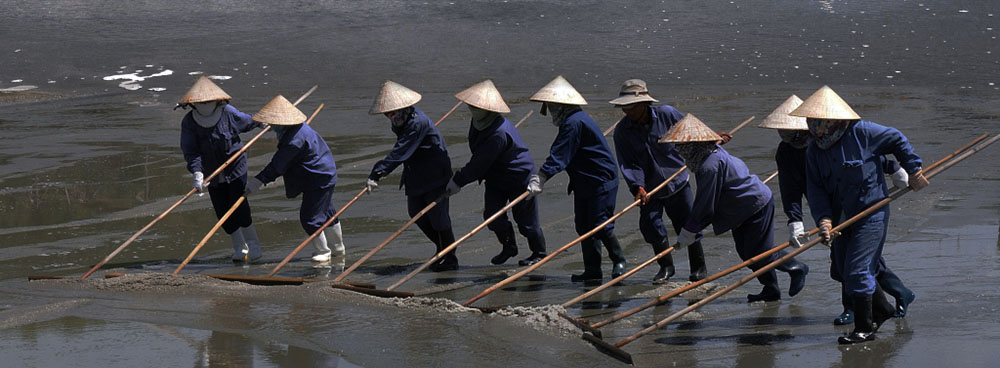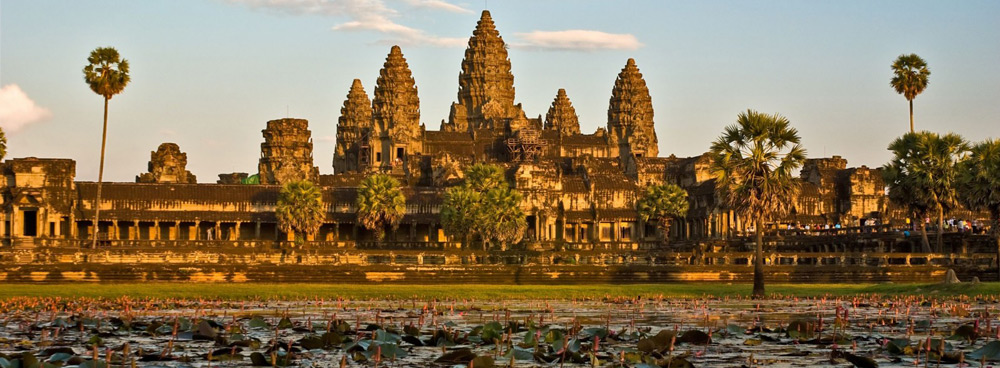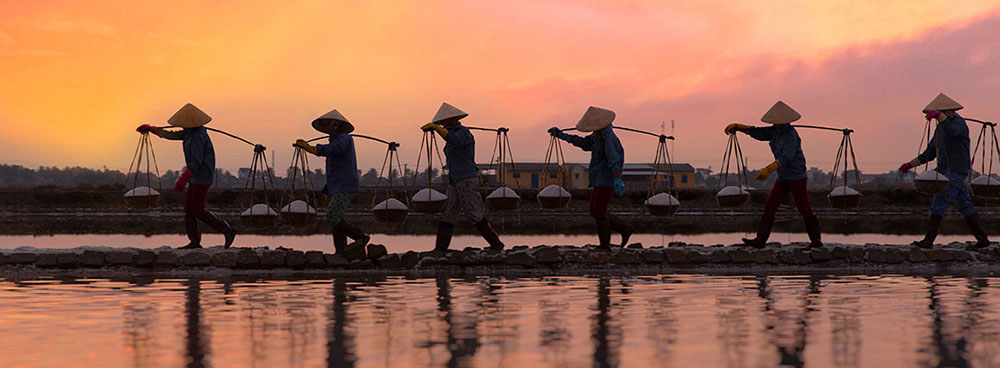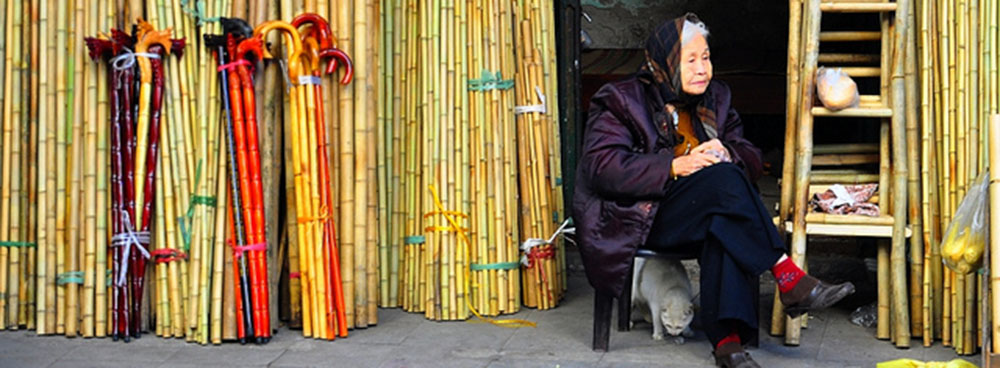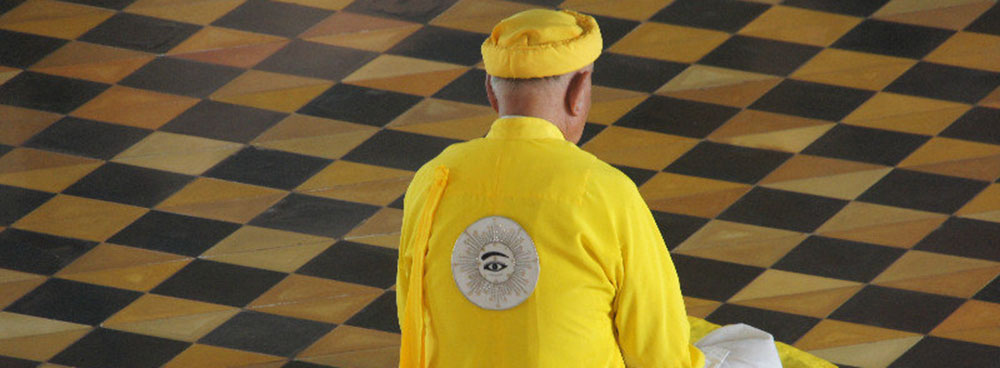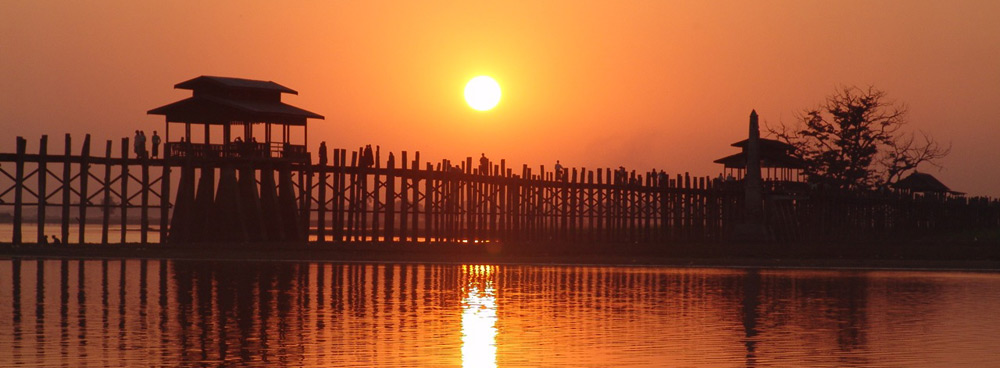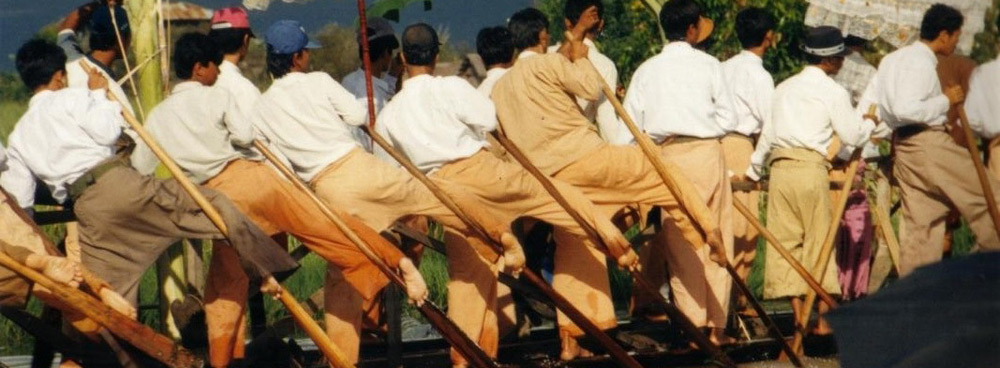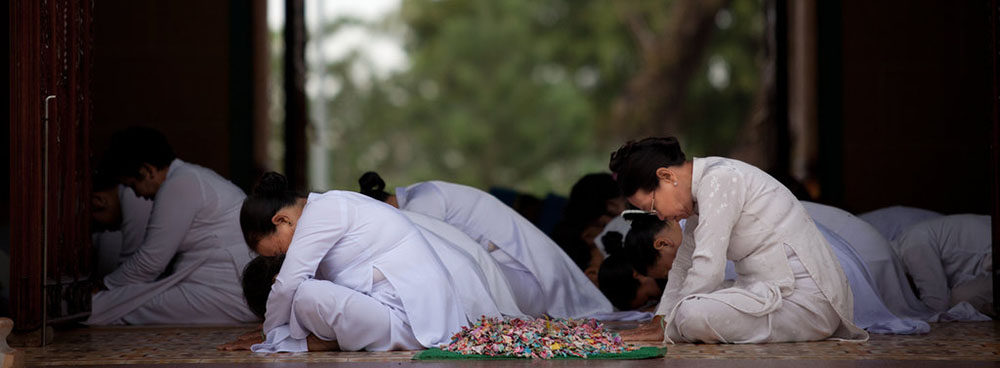Travel News
Famous centennial construction works in Vietnam
Vietnam Record Association has announced Top 100 famous centennial construction works in the country, with the aim of promoting preservation and upholding cultural and historical values.
Typical centennial works in Vietnam include One Pillar Pagoda in Hanoi, Thien Mu Pagoda in Hue, Giac Lam Pagoda in Ho Chi Minh City, HCM City Opera House, and Ngo Mon (Noon Gate) in Hue.
The One Pillar Pagoda is a historic Buddhist temple in Hanoi, the capital of Vietnam. It is regarded alongside the Perfume Temple, as one of Vietnam's two most iconic temples. The temple is built of wood on a single stone pillar 1.25 m in diameter, and it is designed to resemble a lotus blossom, which is a Buddhist symbol of purity, since a lotus blossoms in a muddy pond. In 1954, the French Union forces destroyed the pagoda before withdrawing from Vietnam after the First Indochina War, It was rebuilt afterwards.
Thiên Mụ Pagoda is a historic temple in the city of Huế in Vietnam. Its pagoda has seven stories and is the tallest religious building in Vietnam. The temple is often the subject of folk rhymes and ca dao about Huế, such is its iconic status and association with the city. It is regarded as the unofficial symbol of the former imperial capital.
Giác Lâm Pagoda is a historic Buddhist pagoda in Ho Chi Minh City, the largest city in Vietnam. Built in 1744, it is one of the oldest temples in the city. It was officially listed as a historical site by the Vietnamese Department of Culture on November 16, 1988 under Decision 1288 VH/QD. The pagoda is located at 118 Lạc Long Quân, in the 23rd ward of Tân Bình district, in the Phú Thọ Hòa region of the city. It stands on Cẩm Sơn, and is also known as Cẩm Đệm and Sơn Can.
The Municipal Theatre of Ho Chi Minh City, also known as Saigon Opera House, is an opera house in Ho Chi Minh City, Vietnam. It is an example of French Colonial architecture in Vietnam. Built in 1897 by French architect Eugène Ferret as the Opėra de Saigon, the 800 seat building was used as the home of the Lower House assembly of South Vietnam after 1956. It was not until 1975 that it was again used as a theatre, and restored in 1995.
The Ngọ Môn, also known as the Gate of Noon, is the main gate to the Imperial City, Huế, located within the citadel of Huế. Constructed in 1833 in the traditional Vietnamese Nguyen style under the rule of Emperor Minh Mạng, it was used by the sovereign as an observation point for troop movements and ceremonies. The gate is divided into two levels: the stone and brick fortress-like base structure, and the more elaborate, palace-like upper level. The ground level has five entrances, of which the centre one was always reserved for the monarch's use only. The two, slightly smaller, side entrances were reserved for mandarins, soldiers and horses. The two small arched entrances on the side were for the rest and commoners.
The ever-lasting works, which mostly keep its original architecture despite tropical weather condition and devastating wars, require thorough preservation by the community.







